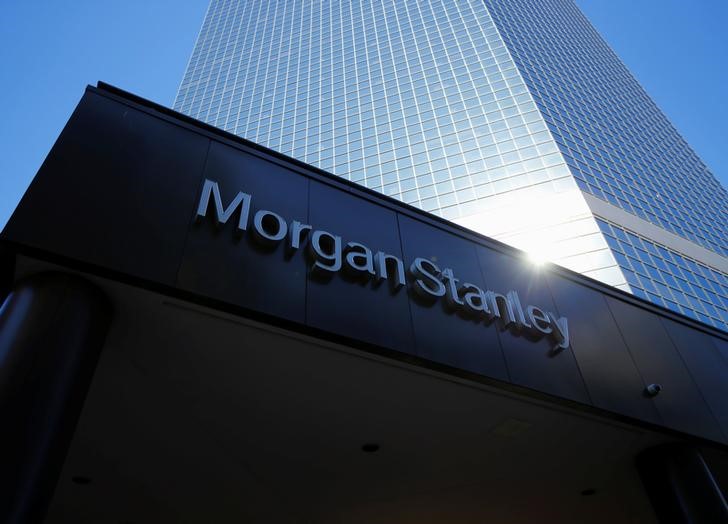Gold prices drop amid waning rate cut bets; central bank demand remains
Investing.com -- Rising memory costs and weakening non-AI hardware demand have prompted Morgan Stanley to cut ratings on several major technology hardware makers, including Dell Technologies, HP Inc., and Hewlett Packard Enterprise, as the brokerage warned of mounting margin pressure across the sector.
The analysts described the current backdrop as a “memory supercycle,” with NAND and DRAM spot prices up between 50% and 300% in the past six months, adding that the sharp acceleration in component inflation is likely to weigh on earnings into 2026.
Morgan Stanley said hardware OEMs historically face gross-margin compression 6-12 months after memory costs start rising, and it expects a median 60-basis-point decline in global OEM margins in 2026, versus Wall Street forecasts calling for slight expansion.
Dell and HP were identified among the most exposed to the spike in DRAM and NAND prices because of their high reliance on memory-intensive PC and server products, while HPE faces headwinds tied to integration challenges and rising component costs.
Morgan Stanley double-downgraded Dell to “underweight” from “overweight,” citing a combination of increased memory costs and a mixed shift toward AI servers that carries structurally lower margins.
The brokerage cut its price target to $110 from $144, noting that Dell is “one of the hardest hit stocks from rising memory costs,” and reduced its fiscal 2027 gross-margin forecast to 18.2%, down 220 basis points from its prior view.
The analysts lowered its EPS estimate by about 12%, projecting reduced profitability even as AI server revenue rises sharply next year.
HP Inc. was downgraded to “underweight” from “equal-weight,” with Morgan Stanley trimming its price target to $24 from $26.
The analysts acknowledged a firmer PC refresh cycle but said higher DRAM and NAND prices will pressure HP’s Personal Systems margins, cutting its fiscal 2026 gross-margin outlook by 90 basis points to 19.7%.
The brokerage said the updated view leaves HP’s gross margin 130 basis points below consensus, and it projected a 9% decline in EPS, despite raising its revenue estimate for the year to $56.5 billion.
For Hewlett Packard Enterprise, Morgan Stanley lowered its rating to “equal-weight” from “overweight” and reduced its price target to $25 from $28. While the acquisition of Juniper Networks lifts HPE’s networking mix, the brokerage said the integration process and rising component costs will limit profitability.
The analysts cut their fiscal 2026 gross-margin forecast by 260 basis points to 32.9%, balancing expected networking tailwinds with the drag from higher DRAM and NAND prices. Morgan Stanley lowered its EPS estimate to $2.18, down from $2.52 previously.
Across the hardware sector, the analysts warned that even with mitigation efforts, such as raising device prices, reducing other bill-of-materials costs, or cutting operating expenses, OEMs can typically offset only about 70% of such memory inflation.
The analysts estimated that every 10% increase in memory prices translates into a 10-40-basis-point gross-margin headwind even after mitigation, and up to 130 basis points without it.
Dell and HP were shown among the most exposed in the brokerage’s modelling, placing them near the top of Morgan Stanley’s “most vulnerable” list among U.S. hardware companies.
Morgan Stanley said off-cycle earnings updates later in the year, particularly from Dell, HPE and HPQ, will determine how quickly the rising memory costs begin to erode margins, noting historical patterns where component inflation flows into reported results within two to three quarters.
The brokerage said it prefers companies with more diversified revenue or higher software exposure during the current cycle and reiterated that falling memory fulfillment rates and higher prices create heightened downside risk through 2026.
